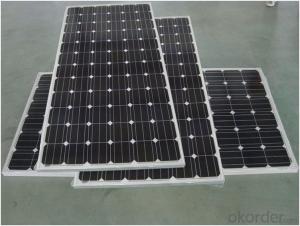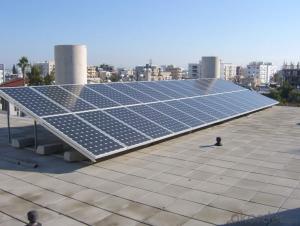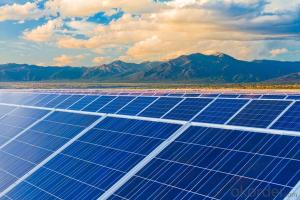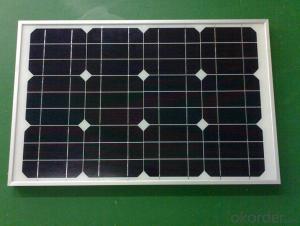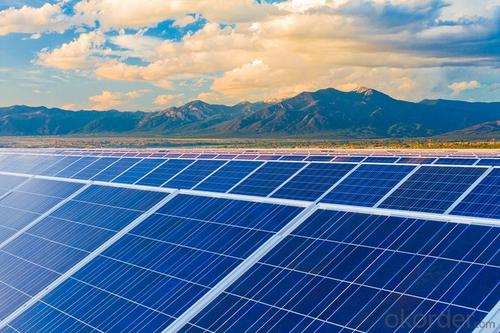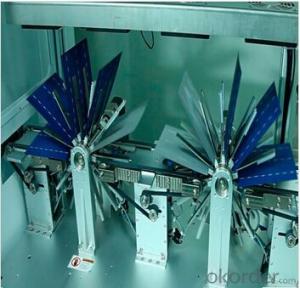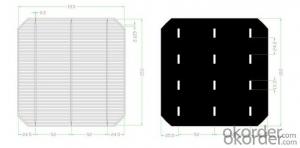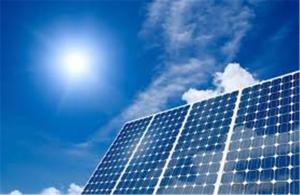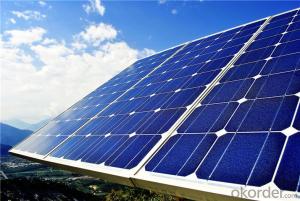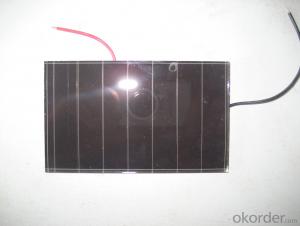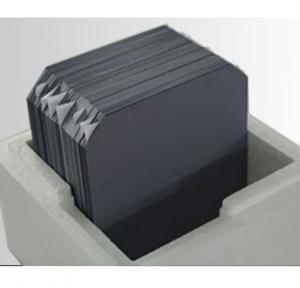Silicon Solar Wafer Home Lighting Solar Panel Kit 10w to 500w
- Loading Port:
- China main port
- Payment Terms:
- TT OR LC
- Min Order Qty:
- 500 watt
- Supply Capability:
- 20000000 watt/month
OKorder Service Pledge
OKorder Financial Service
You Might Also Like
Destription:
Solar panel refers to a panel designed to absorb the sun's rays as a source of energy for generating electricity or heating. A PV module is a packaged, connected assembly of typically 6×10 solar cells. Solar PV panels constitute the solar array of a photovoltaic system that generates and supplies solar electricity in commercial and residential applications.
Main Characteristic
1.Manufactured according to international quality and Environment Management
System (ISO9001, ISO14001)
2. By the high transmittance, low iron tempered glass, anti-aging of the EVA(polyethylene - vinyl acetate), high-performance crystalline silicon solar cells, good Weather resistance TPT (fluoroplastics composite membrane) by pyramid , has a good Weather resistance and anti-UV, hail, water-proof capacity.
3. OEM and customerized package are accepted
4. High efficiency crystalline silicon solar cells
Quality warranty
1.10 years limited warranty on material and workmanship
2. more than 90% power output in 10 years
3. more than 80% power output in 25 years
Product show


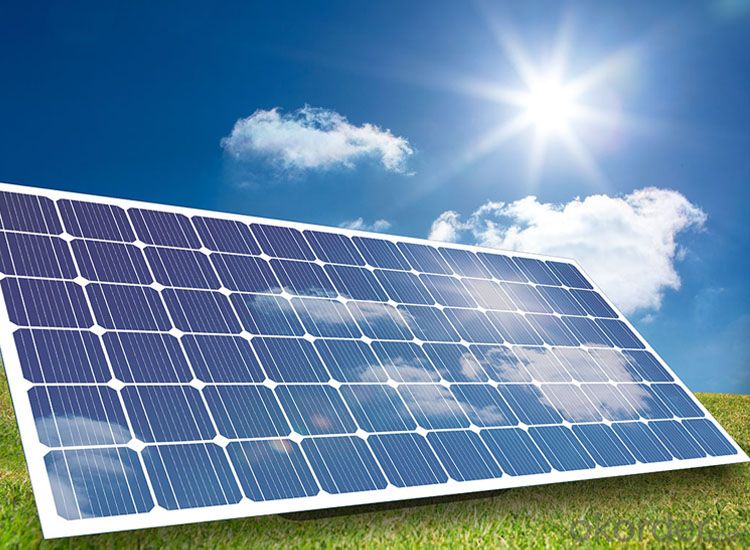


- Q: How are solar silicon wafers protected from damage during transportation?
- Solar silicon wafers are typically protected from damage during transportation through the use of specialized packaging materials and handling procedures. These wafers are often enclosed in anti-static and shock-absorbing packaging materials such as foam or bubble wrap to prevent any impact or vibration-related damage. Additionally, they are typically stored in sturdy containers or crates to ensure safe transportation and minimize the risk of breakage.
- Q: Can solar silicon wafers be used in off-grid applications?
- Yes, solar silicon wafers can be used in off-grid applications. Solar panels made from silicon wafers are commonly used in off-grid applications as they can convert sunlight into electricity, providing a sustainable and renewable power source in remote locations without access to the grid.
- Q: I work in a solar cell company, do silicon chip testing on the human body what chronic harm?
- Silicon is a semiconductor material, if it is to detect the bare silicon wafer, then there is no harm
- Q: How are solar silicon wafers tested for quality control?
- Solar silicon wafers are tested for quality control through various methods, including visual inspection, electrical testing, and performance evaluation. Visual inspection involves examining the wafers for any physical defects or imperfections such as cracks, scratches, or impurities. Electrical testing measures the electrical properties of the wafers, such as resistivity and carrier concentration, to ensure they meet the required standards. Performance evaluation involves subjecting the wafers to simulated operating conditions, such as exposure to light and heat, to assess their efficiency and durability. These comprehensive testing procedures help ensure that only high-quality solar silicon wafers are used in the production of solar cells and panels.
- Q: How to make the photoresist and silicon substrate adhesion better
- PR and the same solvent for the HMDS can be better combination, adhesion will be better, will not produce bubble. You can search the TOK OAP material. That's what it's supposed to be
- Q: What are the main challenges in producing solar silicon wafers?
- The main challenges in producing solar silicon wafers include the high cost of manufacturing, maintaining consistent purity and quality of the silicon material, achieving high conversion efficiency, minimizing waste during production, and addressing environmental concerns associated with the extraction and processing of raw materials. Additionally, ensuring a stable supply chain and meeting the growing demand for solar panels pose ongoing challenges for the industry.
- Q: Can solar silicon wafers be used in solar-powered air conditioners?
- Yes, solar silicon wafers can be used in solar-powered air conditioners. Solar silicon wafers are a key component in the production of solar cells, which convert sunlight into electricity. Solar-powered air conditioners utilize this electricity to power their cooling systems, making them energy-efficient and environmentally friendly.
- Q: How do solar silicon wafers perform in high-salt environments?
- Solar silicon wafers typically perform well in high-salt environments due to their inherent corrosion resistance. The silicon material used in solar cells is generally resistant to the corrosive effects of saltwater, making it suitable for installations near coastal areas or other high-salt environments. However, it is important to note that other components of the solar panel, such as the frame and electrical connections, may still be susceptible to corrosion and require proper protection measures.
- Q: How are solar silicon wafers affected by photon recycling?
- Solar silicon wafers are positively affected by photon recycling, as it helps improve their overall efficiency and performance. Photon recycling refers to the process where photons that were previously absorbed by the silicon material within the solar cell are emitted back into the cell, allowing them to be reabsorbed and generate additional electricity. This recycling of photons helps increase the chances of photon absorption within the solar cell, leading to a higher conversion of sunlight into usable energy. Overall, photon recycling plays a crucial role in enhancing the efficiency and output of solar silicon wafers.
- Q: What is the role of edge isolation in solar silicon wafers?
- The role of edge isolation in solar silicon wafers is to prevent any electrical leakage or short circuits between the front and back surfaces of the wafer. By isolating the edges, it ensures that the current generated by the sunlight is channeled efficiently through the front surface and collected by the metal contacts on the back surface, resulting in improved solar cell performance and higher overall efficiency.
Send your message to us
Silicon Solar Wafer Home Lighting Solar Panel Kit 10w to 500w
- Loading Port:
- China main port
- Payment Terms:
- TT OR LC
- Min Order Qty:
- 500 watt
- Supply Capability:
- 20000000 watt/month
OKorder Service Pledge
OKorder Financial Service
Similar products
Hot products
Hot Searches
Related keywords

